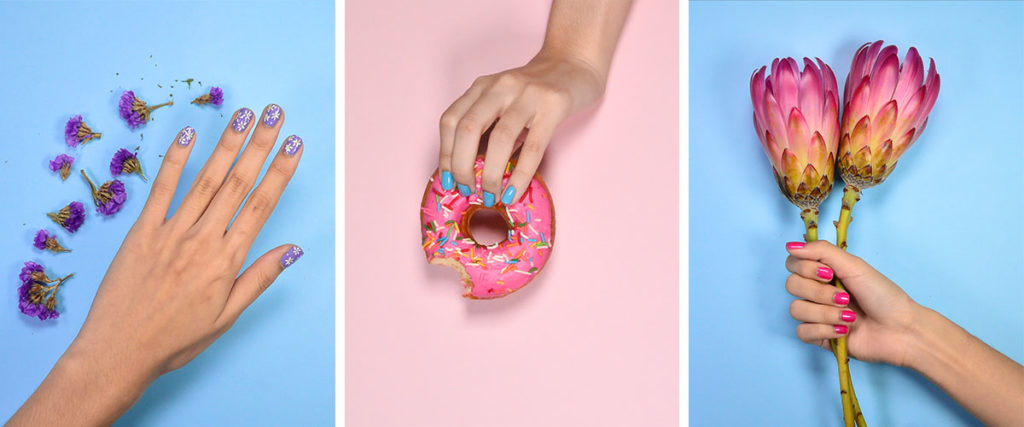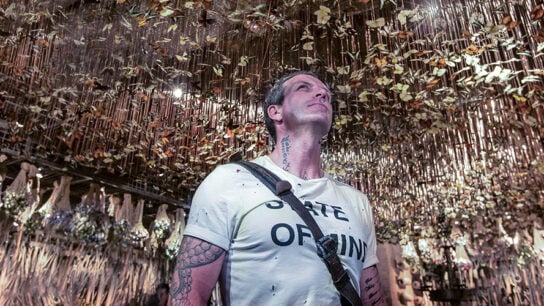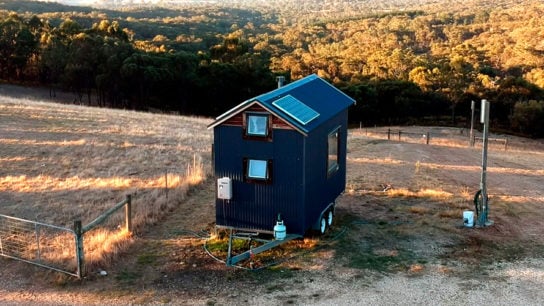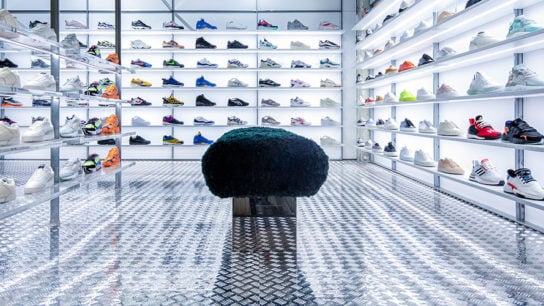Nail Deck founder Daryl Chew shares how he’s built a strong customer base through personalised service, emotional marketing, and positive consumer experiences.
Based in Singapore, Daryl Chew is certainly no stranger to the beauty industry. Having founded Nail Deck in 2011 while still an undergraduate student, Daryl has since spent the past nine years building up his homegrown boutique nail-polish brand to much fanfare. Celebrated for its personalised, vegan and cruelty-free formulations, Nail Deck offers the highest quality nail lacquers to suit every need of its growing customer base.
Along with his recently launched sister brands Light Lacquer and Aquajellie, Daryl’s bespoke nail-care cosmetics are making big waves for Southeast Asian representation in the beauty industry. He hopes to use his voice and success “to create a world where anyone and everyone can celebrate their individual uniqueness through colour.”
Here, Daryl shares his insight and expertise as he dishes out the details of his own entrepreneurial journey in building a fresh, socially-conscious beauty brand from total scratch.
I heard that you started your business at quite a young age! Walk us through the story behind Nail Deck
I was in my final year at the National University of Singapore, going with the flow and didn’t really know what to do with my life. My grades were average and I thought, “Okay, if nobody’s gonna hire me, then maybe I could try making my own money and see whether that works out.” I was just doing a lot of different things to make income as a student, like importing things and selling them online through websites like Groupon. After about a year of dipping my hands into different industries, I found that I was spread too thin and decided to focus on the one that was selling the best – which, at that point in time, was nail polish.
When I was distributing brands from the US, Europe, and Australia, I had a lot of inventory. Most of these colours were suited to Caucasian skin tones: out of 12 colours, only six of them would actually look nice on Asian skin tones. I also realised that customers can be really particular about the colour they want. Putting these two together, I decided to dive straight into it. And it’s been almost nine years since.
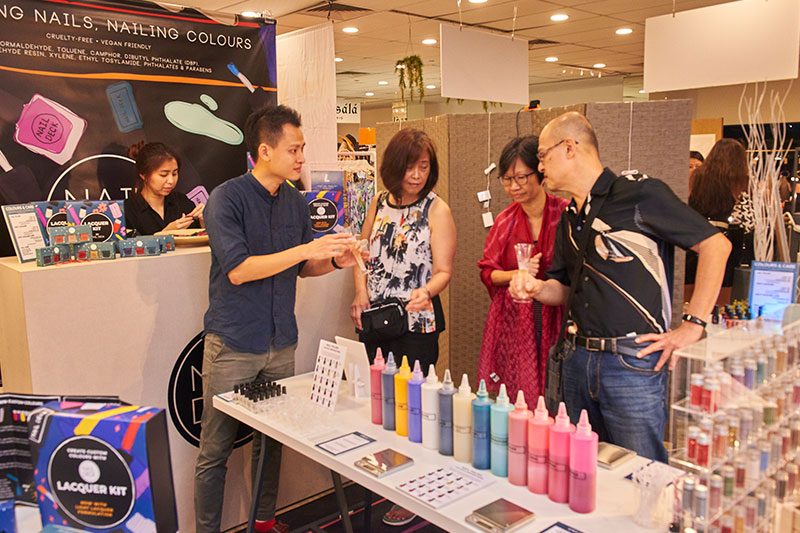
What is the value of building positive customer experiences?
In Singapore at least, founders generally don’t like to engage in customer service because it’s painful, right? They want to focus on big picture strategies and be the face of the company. But for me, if you’ve ever interacted with our brand on Instagram, I’m still the person that replies to every single DM. I allocate two hours a day to this, and it’s done amazingly for us in terms of growing customer loyalty. I acknowledge that some people might not have the time, but you can train people to do it – be customer service advocates and superstars! It’s all about imparting those values to your employees. And that’s something I believe everyone should be focused on.
How do personalised services improve the brand experience?
In the early days, we were a lot smaller. That personal experience builds a relationship to the point that many of my customers just kept coming back. A couple of them became friends and actually came to work for me – my current nail model, for example, she was a customer from 2012. I think it provided a lot of value in terms of private equity – people know us as the brand that will go the extra mile for you. As a small business, it’s about providing that personal touch that is lacking in a lot of business transactions today.
How did you localise your beauty brand’s marketing?
Colour is very, very distinct. People don’t realise how much colour affects their life. A lot of the time, people don’t actually buy the colour for the colour; they buy it for the emotional connection to it. One of the nail polishes in my ‘Hawker Culture’ collection is based on teh tarik (pulled tea) – a very popular local drink over here. A lot of my customers buy it because they love teh tarik. It’s all about trying to pull the emotional connection out and getting people to feel connected to the product or to the colour.
What about when you expand to new regions like Hong Kong?
One way to localise is to look for local partners. Personally, I have never been to Hong Kong, so I can’t say I know what the market is like over there. I’ve got a local partner who tells me what colours to create based on her experiences. The first thing that comes to my mind in Hong Kong, for example, is dim sum. So based on the colour yellow, the kinds of things that people connect to could be siu mai (燒賣; Chinese steamed dumplings) or liu sha bao (流沙包; salted egg custard steamed buns).
Any tips on how to establish a successful brand identity?
When it comes to brand identity, the common advice given is to understand your customer. That’s not wrong, but I think a lot of it is also about understanding your product, and how your customers actually view it. That is the key to really building that cohesive brand identity.
With nail polish, people tend to just use it for fun. It’s not like skincare where there’s a practical function to it. And ever since that clicked in my mind, I rebranded the entire way I ran my marketing. In the past, I would try to post nice pictures talking about how fast-drying it is. But people don’t care about that – they just want to see something fun. So I started posting random things like making people guess “How much rain’s gonna fall today?” to get them to engage in giveaways and competitions. It’s totally not nail-related, but people have so much fun doing it. My engagement has never been so high, so the insight I can provide here is to understand the true nature of your product and the perception that people get off your product category.

What about product-market fit?
I think product-market fit happens by accident. As cliché as it sounds, it’s really about trying as many times as it takes and not giving up. Always keep moving forward. Just be aware that sometimes things don’t work out and you just gotta keep shifting.
From your experience, what are some of the biggest mistakes that beauty brands make when starting out?
It’s the logistics and fulfilment. Everything from creating a product, launching it, and getting a customer to buy it, people can do pretty well. After that, it’s fulfilment – how do you get your product into the hands of the customer in a cost-effective manner? The gross profit margins on cosmetics and beauty products are high, but the fulfilment costs are very high as well. If you’re doing skincare products, for example, it’s super expensive to ship liquid products because it’s heavy from a mass-to-volume ratio compared to say, powders. They are logistically difficult to ship internationally as well. Most people get this wrong and end up losing money.
What sets you apart from your competitors?
I’ve set up a really good supply chain – the whole process from getting raw materials overseas to redistributing them in Singapore took me about five years to streamline completely. I’m pretty sure I’ve got one of the lowest costs in fulfilling my product. That allows me to have a higher profit margin than most of my competitors.
What has been the biggest challenge you’ve faced in your journey so far?
In 2015, I decided to grow the team. Long story short, I was growing my team at an unsustainable rate. I assumed that I would be able to close a round of investment, raising half a million within three to six months. I was selling myself to the team too well and was hiring people as though I had already closed the deal. Essentially, I ran out of cash. I had a team of people that I had given so much hope and promise to, and then I had to let them go just because I had no cash.
And what did you take away from this experience?
I feel really bad about that – I wasn’t out to deceive them. Back then, I think I was overconfident. If I had only checked my ego, it wouldn’t have led me down that path. This was 2015. At that point, I was in the industry for only four years. I was younger, more hot-blooded, and overconfident. Now in hindsight, it’s been eight years – and I still feel like I have a lot more to learn.
How has COVID-19 affected the beauty industry and your business?
With COVID-19 and lockdown, a lot of people who used to do their nails at salons are becoming my customers. They realise how easy and cost-effective it is. 50 per cent of them tell me they’re never going back to a salon again. It’s unfortunate for salons, but it’s a bit weird as I’ve actually benefited.
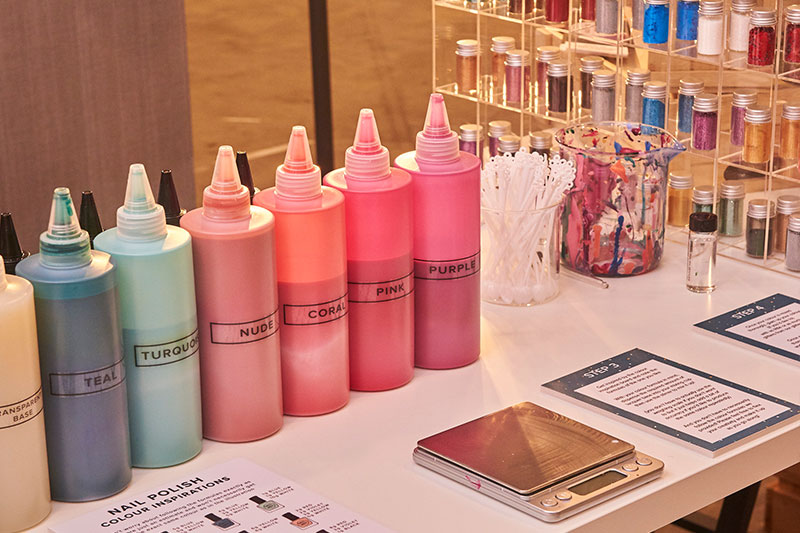
What do you think firms can do in the short-term in order to survive?
For those affected negatively, it’s all about being online now and it should be something that more companies are doing. Find the silver lining and find new avenues. I have always been pretty scared of digital marketing as it’s out of my comfort zone, but now is really the time. I have been lucky in the sense that I had a strong, engaging online presence prior to COVID-19 and understood my customers as people who like to get their nails done at home. I know it’s not easy, but we really can’t complain – that’s entrepreneurship.
And finally, how do you think the beauty industry will continue to evolve in the next 5-10 years?
For the beauty industry, I see a universal truth in 3 areas: clean beauty, functionality, and personalisation. Nobody’s ever going to say, “I wish my nail polish had more chemicals in it!” or “I wish my nail polish would take longer to dry!” Beauty products have all been derived from petrochemicals, which are not good for the environment.
The functionality of nail polish is also important, such as the speed of drying and being odourless. And personalisation is something I’ve always worked on – people want something custom-made and specialised for them. For example, L’Oreal has serums designed to target your specific skin issue.
So personalisation, functionality, and cleanliness – these three things are like the trifecta. If you do them well, in a cost-effective manner, and in a way that’s accessible to the masses, that’s what’s going to take you to a billion-dollar company.
Related Articles
Meet the Beauty Startup Tackling Diversity in Singapore
Everlasting Brows: Microblading in Hong Kong
Plus Size Fashion: The Booming Retail Trend HK is Missing Out On
